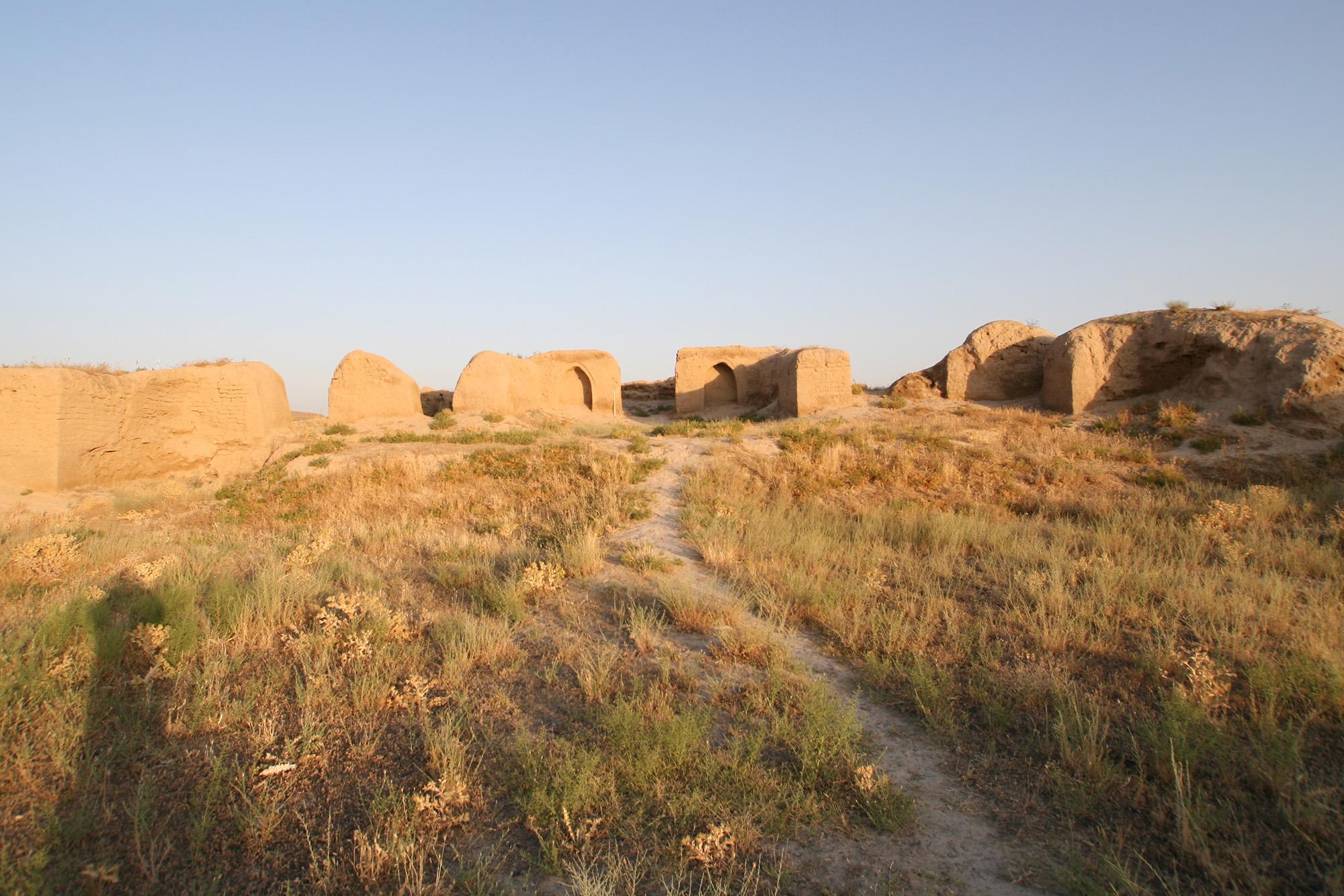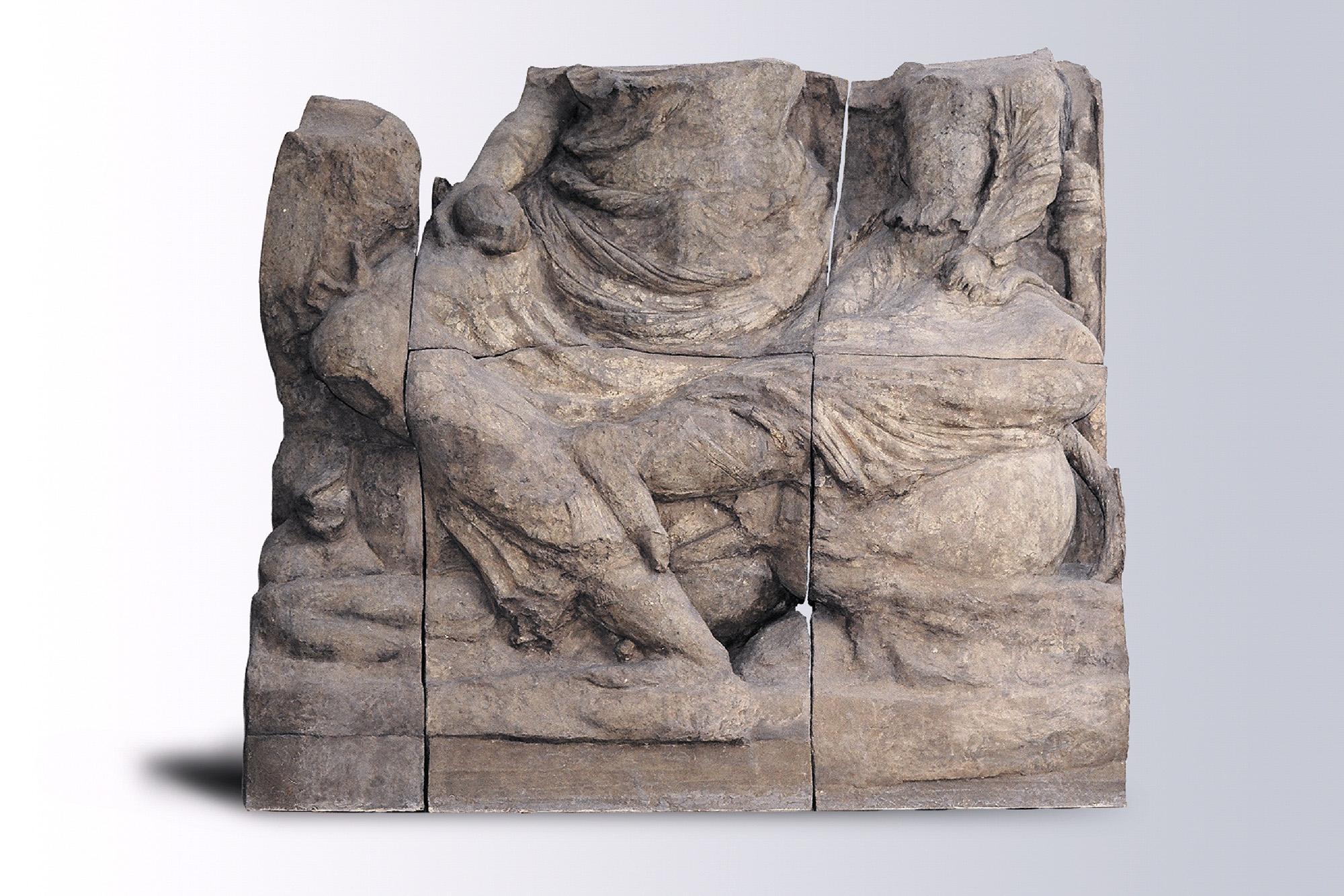Panjakent

Set along the Zarafshan River, the modern city of Panjakent is an excellent stop for travellers, with a colourful bazaar, several historic sights, and a welcoming array of restaurants and cafes. And on its southern outskirts, you'll find Ancient Panjakent, the best-preserved town of the Sogdian people, who were an influential force in the silk trade for centuries.
Panjakent was an important centre on this part of the Silk Roads, a base for economic, cultural, religious, and military activities. Walking through the excavations today, you can get a sense of how this large urban centre was laid out, with the archaeological work revealing complete residential blocks, streets, temples, a citadel, a palace, suburban villas, and a necropolis. It clearly would have been a dense town centre filled with houses, stores, workshops, and markets. It's believed the only trees were in the courtyards of temples, for instance.

Many of the houses were grand residences built by wealthy merchants. Two or three floors high, they were constructed with mud bricks and adobe blocks, and had complicated architecture and decorations. The houses often had small rooms on the outside that were leased out as shops and not connected to the internal residential areas.
One of the most impressive aspects of the Ancient Town of Panjakent is the large number of well-preserved artworks – one of the best archaeological collections in Central Asia, in fact. Mostly wall paintings and murals, some have been found in the palace and temples, but most are in the reception rooms of the houses of wealthy residents. Excavations have also uncovered tridimensional and relief sculptures made of wood and clay.

The murals and reliefs reflect the worldview of the Sogdian people and their rulers. The full-height room paintings, for example, illustrate writings and folklore of Sogdians, with scenes of battles, feasts and festivals. The upper levels of paintings were dedicated to the most iconic heroic stories, while the lower level was dedicated to more generic fables and fairy tales.
You can walk through the excavations of the town to get an idea of how life may once have been here, but most of the murals have been removed and are on display at places like the National Museum and the National Museum of Antiquities in Dushanbe. However, there is a small museum on site that has a collection of pottery and other artefacts, along with some replicas of the wall paintings.

